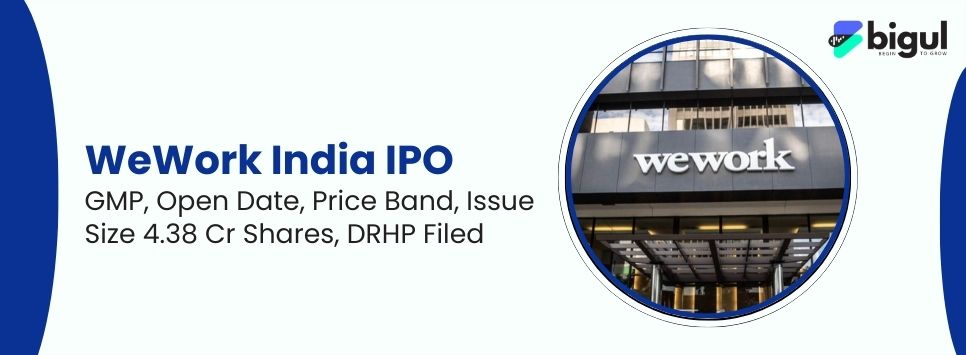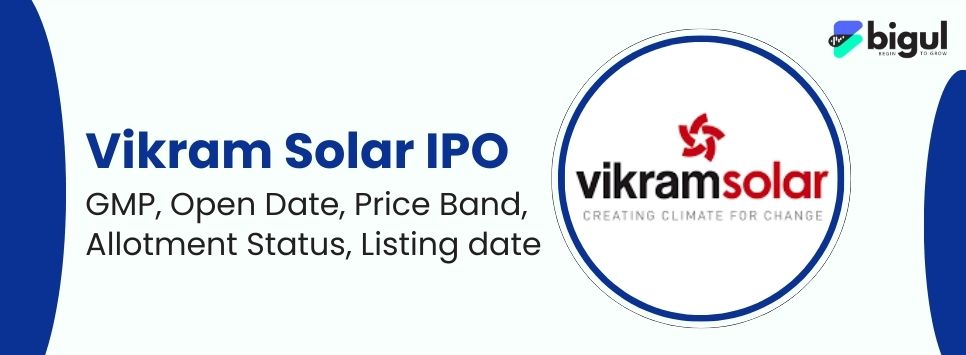Mutual funds offer a fantastic avenue for individuals to save and grow their money, promising future returns. However, for newcomers to the stock market, navigating its complexities can be bewildering.
Terms like Large-cap funds, Mid-cap funds, and Blue Chip companies may sound like a foreign language. You must understand the basics to enter the stock market with confidence.
This article will simplify market Capitalisation and explain the jargon. Upon conclusion, you will have a strong basis from which to go into the field of investment.
What is Market Capitalisation?
Market capitalisation signifies the total value of a company’s shares held by its shareholders. This metric gauges a company’s market worth, determined by stock market dynamics. It’s calculated by multiplying the current market price of one share (often termed “market cap”) by the total outstanding shares.
In essence, market cap reflects a company’s size and is a pivotal benchmark for investors when assessing its relative value and making comparisons within the stock market.
There are three types of Market Capitalization:
- Large-cap
- Mid-cap
- Small-cap
1. Large-cap
Large cap companies, short for “large capitalization,” are corporations with a substantial total market value.
Typically, these firms have a market Capitalisation exceeding billions of dollars. Large caps are often established, stable, and well-known in the financial markets. They usually exhibit slower growth but tend to be more reliable and less volatile compared to smaller companies.
Investors often turn to large cap stocks for stability and dividend income while seeking reduced investment risk due to their established presence in the market.
2. Mid-cap
Mid-cap companies are corporations with a moderate market capitalization. In terms of market cap, they range from Rs.5000 to Rs.20000 crores. Their size falls between small-cap and large-cap corporations.
These firms often offer a balance of growth potential and stability, making them attractive investments. While mid-caps may still be in a growth phase, they usually have established track records and resources.
They help investors diversify portfolios and seek attractive returns with little risk.
3. Small-cap
Small-cap companies are corporations with a relatively modest market capitalization. Typically, they have a total market value below Rs. 5000 crores.
These companies often exhibit higher growth potential but also higher risk due to their smaller size and volatility. Small caps can be found in various industries and are considered more speculative investments compared to larger, more established firms.
Investors interested in small-cap stocks seek opportunities for capital appreciation, although they can be subject to greater market fluctuations.
Differences Between Large, Mid and Small-Cap Funds
Large-cap, mid-cap, and small-cap mutual funds or ETFs invest in equities of firms with varied market capitalizations. These categories differ in terms of risk profile, liquidity and vitality, and potential returns. Here are the key differences:
1. Market Capitalisation Focus
- Large-Cap Funds: Invest primarily in large-cap companies with a high market capitalization, typically over Rs.20000 crores.
- Mid-Cap Funds: Focus on medium-sized companies, with market capitalizations ranging from Rs.50000 crores to Rs.20000 crores.
- Small-Cap Funds: Target smaller companies with market capitalizations generally below Rs.5000 crores.
2. Risk and Return Profile
- Large-Cap Funds: Tend to be less risky and offer more stability, with potentially lower returns compared to mid and small-cap funds.
- Mid-Cap Funds: Offer a moderate level of risk and potential for growth, typically offering a balance between large and small-cap funds in terms of returns and volatility.
- Small-Cap Funds: Carry higher risk but the potential for higher returns, making them more volatile than large and mid-cap funds.
3. Growth Potential
- Large-Cap Funds: These funds are often considered more stable and mature, making them suitable for investors seeking stability and income rather than high growth potential.
- Mid-Cap Funds: Offer a middle-ground between large and small-cap funds, providing a mix of stability and growth potential.
- Small-Cap Funds: Tend to have more growth potential due to their smaller size, making them appealing to investors with a higher risk tolerance seeking greater returns.
4. Diversification
- Large-Cap Funds: Typically have a broader and more diversified portfolio due to the larger universe of large-cap stocks.
- Mid-Cap Funds: Offer moderate diversification, with a focus on mid-sized companies.
- Small-Cap Funds: May have a more concentrated portfolio with fewer holdings due to the limited number of small-cap stocks.
5. Liquidity
- Large-Cap Funds: Generally have higher liquidity, making it easier to buy and sell shares without significant price impact.
- Mid-Cap Funds: Moderate liquidity, with slightly less trading volume compared to large-caps.
- Small-Cap Funds: Can have lower liquidity, potentially leading to wider bid-ask spreads and increased price volatility.
6. Investor Goals
- Large-Cap Funds: Suitable for conservative investors or those nearing retirement who prioritize capital preservation and income.
- Mid-Cap Funds: Attractive to investors with a balanced risk-reward profile seeking both stability and growth.
- Small-Cap Funds: Suited for aggressive investors with a long-term horizon willing to accept higher risk for potentially higher returns.
Note: Financial objectives, risk tolerance, and investment horizon should be considered while picking big, mid, and small-cap funds or diversifying across these categories to form a well-rounded portfolio.
Conclusion
Large Cap, Mid Cap, and Small Cap funds offer diverse investment opportunities tailored to different risk appetites and investment objectives.
Large Cap funds provide stability and consistent returns, ideal for conservative investors. Mid Cap funds strike a balance between growth potential and risk, appealing to those seeking moderate returns. Small Cap funds offer high growth potential but come with higher volatility, suiting investors with a higher risk tolerance.
Ultimately, the choice among these funds should align with one’s financial goals and risk tolerance for a well-rounded investment portfolio.







.jpg)
.jpg)
